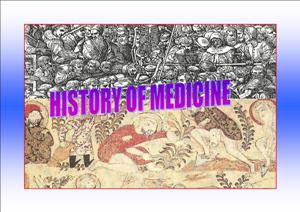Food additive: Thickeners and vegetable gums
Food additives have been used to preserve food from one harvest to the next with better appearance and nutritional value for thousands of years. Food additives are substances added to food to keep them fresh and to preserve flavor or enhance its taste, appearance, or other qualities.
The sources of food additives are: Products of vegetable origin- Thickening agents extracted from seeds, fruit and seaweed- Colors isolated from seeds, fruits and vegetables- Acidulates such as tartaric acid from fruit.
Thickeners and vegetable gums (E400 & 1000 range) enhance the texture and consistency of food. The gums help foods stay moist and prevent baked goods, such as cookies, cakes, and breads, from going stale. Vegetable gums have code numbers in the 400 range, while modified starches are in the 1000s. E numbers are number codes for food additives and are usually found on food labels throughout the European Union.
When the thickeners and vegetable gums are added to food products then it help to improve the viscosity without altering any if its other properties such as flavor, taste, color, and texture.
The ones most widely used for vegetarian foods include guar, carrageenan, locust (carob) bean, CMC (cellulose gum), and xanthan gum. Guar gum contain galactopyranose moieties as structural units. Guar gum has been reported to be an important source of soluble dietary fiber.
Xanthan gum is a high molecular weight polysaccharide produced by a pure-culture fermentation of a carbohydrate with strains of Xanthomonas campestris.
Carrageenans are protein reactive and can form strong gels. They are currently used widely in the meat industry. Other uses include gel formation in low-fat cheeses, ice cream, and non-dairy toppings.
Food additive: Thickeners and vegetable gums





